In this test, the Leica 28mm f/2.8 Elmarit-M ASPH proved to be about the most troublesome lens on the Sony a7R from the point of view of color casts. It has also proven to be among the worst lenses on a7x cameras for corner smear.
While I don’t expect the a7RII, with its Sony-regulation sensor stack, to be any better with corner smear than its predecessor, I do expect that it, by virtue of its spiffy new back-side illuminated (BSI) sensor, to be better at avoiding color casts.
So, I took this worst-case lens and made aperture series through an Expodisc at all whole f-stops. with the lens focused at infinity.

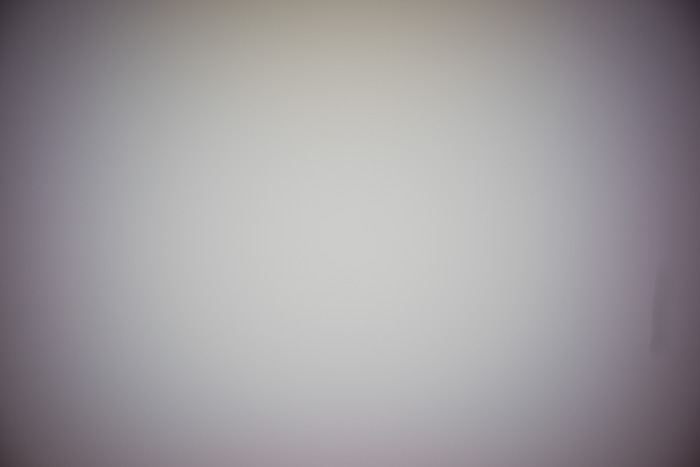
Big improvement. The yellow top is gone. So are the purple corners. Falloff is less.

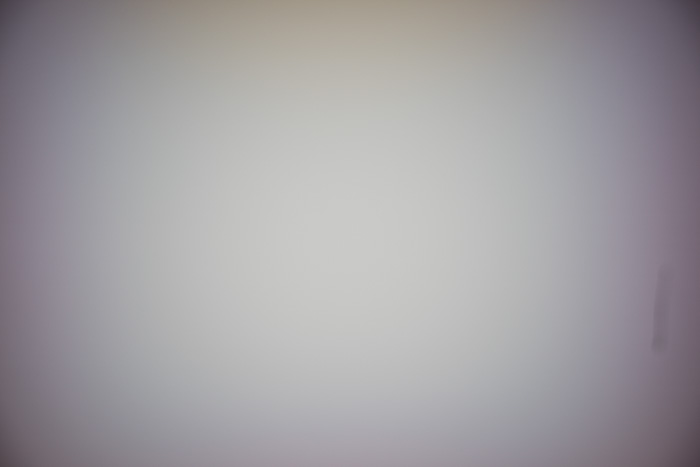
a7RII illumination is evener. Casting is negligible.

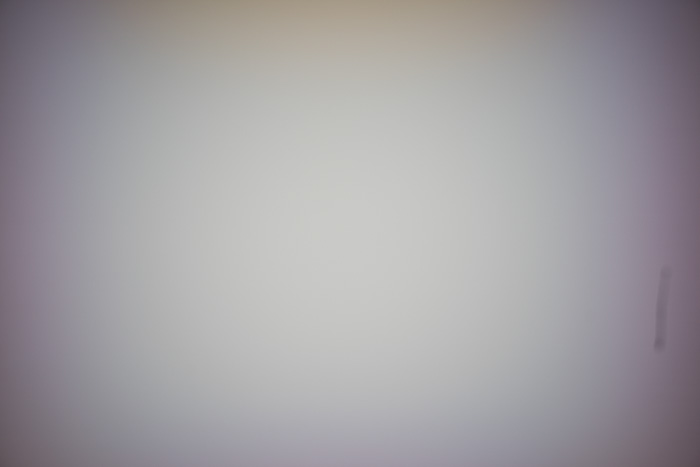
More of same.

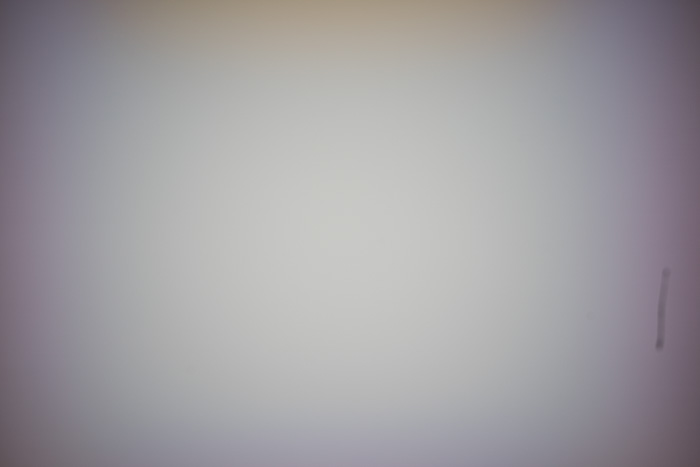
I think there’s a pattern here.

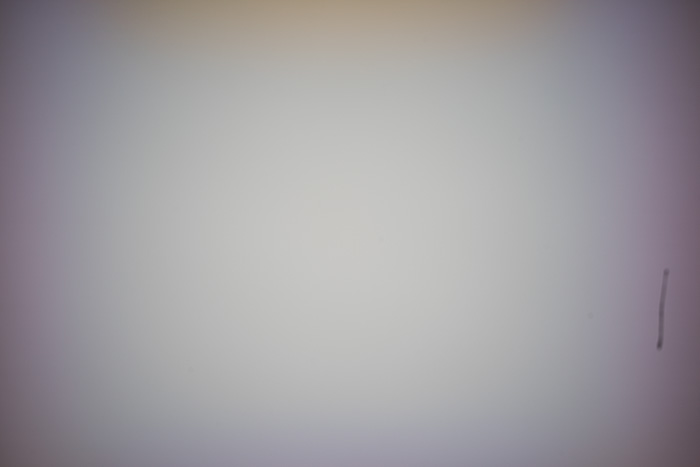
Yes, there is.

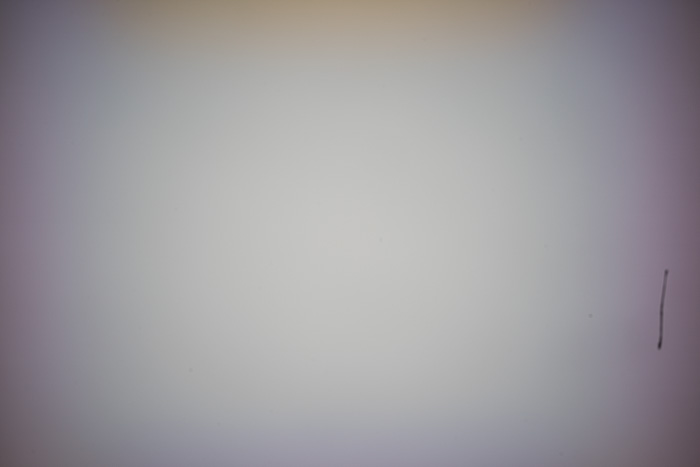
This is getting boring.

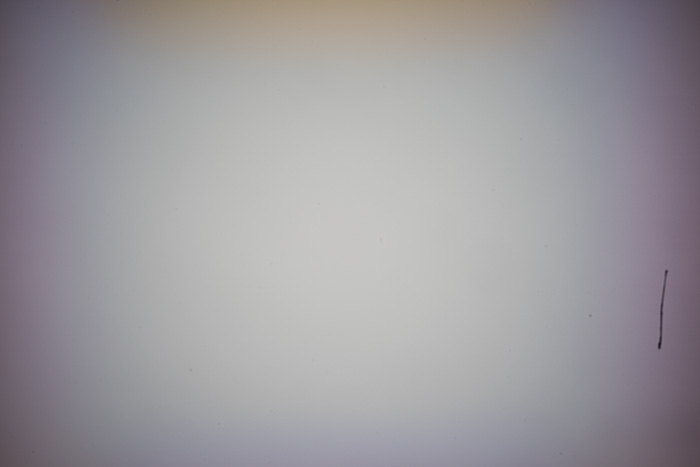
I’ll test a few more problem lenses, but this is looking very promising.
There’s something odd going on in the lower left corner of the a7R images at narrow apertures. Dirt on the disc?
Interesting.
I wonder if there will be a little less vignetting on native lenses? And I wonder if that means that Adobe need to make new lens profiles…
No native lenses have the exit pupil that close to the focal plane, so yes, even without correction they’ll vignette less.
With a dumb adapter, the camera, and thus Lr, has no way of telling what lens is attached.
Strong evidence. I’d be interested to see if smearing is also reduced in the corners. Perhaps the same test with resolution targets and give an MTF comparison between the A7R and A7R II with the same Leica lens, assuming this lens demonstrated significant smearing in the corners on the A7R?
I don’t expect a reduction in corner smearing. I’ll be doing tests similar to those I did on the Kolari thin stack modification, not MTF tests.
Jim